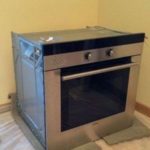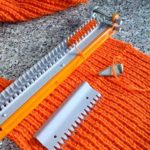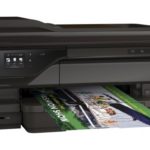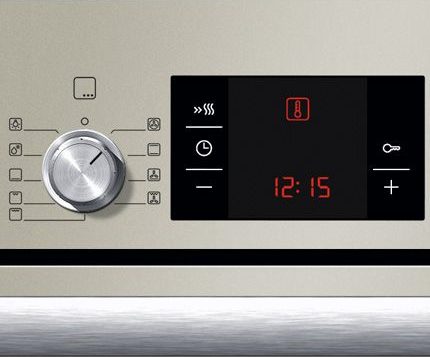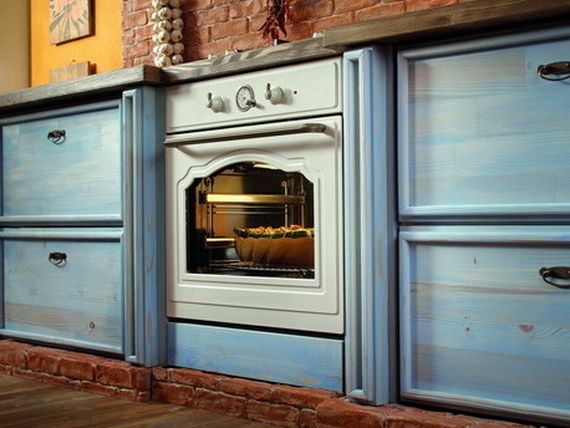Electric oven power
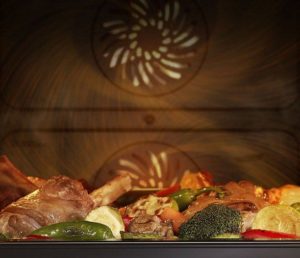 The oven, or simply the oven, is the heart of any kitchen. It significantly expands the capabilities of housewives in terms of cooking. This means that before purchasing, you need to carefully study the nuances associated with this technique and decide on the best option for yourself. This article will review the main characteristics of ovens, with an emphasis on their energy efficiency.
The oven, or simply the oven, is the heart of any kitchen. It significantly expands the capabilities of housewives in terms of cooking. This means that before purchasing, you need to carefully study the nuances associated with this technique and decide on the best option for yourself. This article will review the main characteristics of ovens, with an emphasis on their energy efficiency.
The content of the article
Oven power indicators
There are two main indicators of power characteristic of ovens: consumption and connection power. Although these indicators are close in essence, they are slightly different in purpose.
Indicators such as efficiency, maximum heating temperature, heating rate determine how much power the device consumes.
From the physical definition it follows that power is a quantity that determines the rate of transformation, change, and transfer of energy consumption. In the case of an oven, we are talking about converting electrical energy into heat, which means that the higher the power, the higher the speed of reaching a given temperature regime, which means the more economical the device will work - it will do its job faster. By the way, doing work per unit of time is the second possible definition of power.
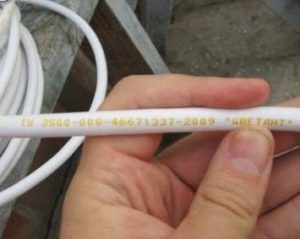 The connection power determines the requirements for the electrical wiring and the circuit breaker installed on the line to which the oven is connected. This parameter determines the current ratings that will flow through the electrical circuit.
The connection power determines the requirements for the electrical wiring and the circuit breaker installed on the line to which the oven is connected. This parameter determines the current ratings that will flow through the electrical circuit.
For example, the connection power of our oven is 4.4 kW. From a physics course we know that power is equal to the product of current and voltage in a circuit. We will assume the network voltage is constant and equal to 220 Volts. In this case, the current is equal to the quotient of power and voltage: 4.4 kW / 220 volts = 4,400 kW / 220 volts = 20 amperes.
Based on this current, it is necessary to select the appropriate machine and the thickness of the wire to connect the device.
As a rule, the power of ovens lies in the range of 2.5-4 kW and is determined by the following operational characteristics:
- maximum heating temperature;
- heating rate;
- capacity.
REFERENCE. The heating temperature in household ovens can reach 500 0C, but since the vast majority of dishes are cooked in the range of 180–250 0C, usually manufacturers produce models with maximum heat up to 280–300 0C.
The heating rate is a direct function of the power of the device. The higher it is and the greater the efficiency, the faster the temperature rises. Many models now have a “turbo button” (sometimes indicated by three wavy lines), when pressed, the cabinet turns on at maximum power to quickly reach the specified mode.
Based on the volume of the oven, it can be divided into 3 categories:
- increased capacity - over 65 liters;
- medium – 35–65 liters;
- economy option - less than 35 liters.
The larger the oven, the more electricity it will consume, and the more power it will require.
Oven energy consumption classes
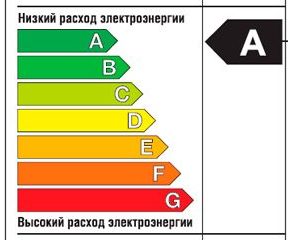 In addition to power, an important indicator characterizing the amount of energy consumed is the energy consumption class. This parameter is designated in Latin letters from A (0.6 kW/hour) to G (over 1.6 kW/hour), and the closer the letter is to the beginning of the alphabet, the more efficient and economical the device is.
In addition to power, an important indicator characterizing the amount of energy consumed is the energy consumption class. This parameter is designated in Latin letters from A (0.6 kW/hour) to G (over 1.6 kW/hour), and the closer the letter is to the beginning of the alphabet, the more efficient and economical the device is.
Currently, almost all manufacturers produce devices no lower than class “A”.
But progress does not stand still; more energy-efficient models are appearing, which have the following designations:
- “A+” – up to 25% more economical than standard models;
- “A++” - will allow you to save up to 40% of electricity.
The oven class is one of the main operational characteristics and is indicated in the technical documentation.
How to save energy?
The first measure that follows from the previous section is to always choose equipment with a high energy consumption class: “A+” or “A++”. It is more expensive than economical models with a standard “A” class, but over time it will pay for itself over time, especially if you plan to use the oven often.
Below are simple household tips that will help you further save electricity when using your oven:
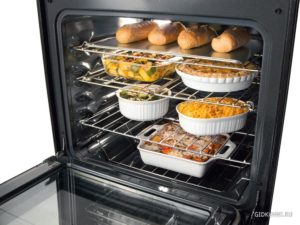
- do not use preheating unless the recipe requires it;
- check whether the cabinet door is tightly closed during cooking;
- if possible, cook several dishes in a row at once - this will save on heating costs;
- use the residual heat of a switched-off oven to bring dishes to final readiness;
- Use dark-colored dishes that absorb heat better.
How to choose an oven
Choosing an oven is a purely individual matter.Here are the aspects that influence the decision to purchase a particular model, and their significance in each case will depend only on you:
- price;
- built-in oven or not;
- preference for one brand or another;
- ease of use;
- intuitive menu interface;
- energy efficiency;
- dimensions;
- design;
- functionality.
Decide what is most important to you and start your selection based on the most significant characteristics. As additional restrictions are imposed on parameters that are less significant to you, the number of options will decrease.
In the end, you can choose the model that, all other things being equal, will suit you better in design, have better reviews, or be cheaper than competitors.
Safe Operation
In many ways, safe operation is ensured by high-quality installation and connection. It is necessary to use high-quality wiring of the required cross-section, be sure to ground the equipment and correctly calculate the rating of the circuit breaker.
Electricians strongly recommend laying a separate line to the oven, without connecting additional consumers to the circuit. In this case, the likelihood of electrical emergencies will be minimal.
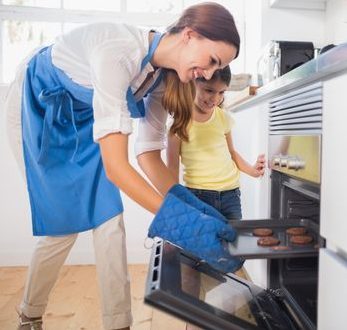 The oven produces high temperatures that can cause serious burns. When operating the device while it is turned on, you must use oven mitts to protect your hands.
The oven produces high temperatures that can cause serious burns. When operating the device while it is turned on, you must use oven mitts to protect your hands.
You should also be careful when opening the closet door, keeping unprotected areas of the body, mainly the face, at a safe distance. Hot fumes rising from an open door are also a potential hazard.
It is not recommended to use equipment unattended, set it on a timer, or leave the kitchen for a long time. There is a possibility that the timer will not work, and due to prolonged overheating, preconditions for a fire will arise.
IMPORTANT! If there is gas heating, it is strictly prohibited to operate a cabinet with a power exceeding 3.5 kilowatts.

